Some movie moments feel like magic, but the real story often lives behind the camera. These scenes pushed crews to their limits with demanding locations, experimental rigs, and long rehearsal schedules that left no room for error. The results look effortless on screen because the planning was anything but.
From desert storms to city streets and open water, filmmakers have chased shots that seemed out of reach at first pass. They built new gear, redesigned sets in real time, and coordinated teams that moved like clockwork. The scenes below pulled it off through craft and persistence, and each one came to theaters through distributors that helped carry the risk to audiences worldwide.
Burj Khalifa climb in ‘Mission: Impossible – Ghost Protocol’ (2011)
 Paramount Pictures
Paramount PicturesFilming on the exterior of the Burj Khalifa meant rigging custom safety lines hundreds of meters above Dubai. The crew designed gloves and harness systems so the performer could shift weight across glass panels while IMAX cameras captured wide city views that confirmed the height for every shot.
The set piece required coordination with building management and city authorities for wind monitoring and window access. The final sequence reached theaters as a Paramount Pictures release, bringing the practical aerial footage to one of the widest global rollouts of the series.
Hallway fight in zero gravity in ‘Inception’ (2010)
 Warner Bros.
Warner Bros.The team constructed a full hallway on a massive gimbal that could rotate the set at controlled speeds. Performers trained to time their movements to the rotation while wires handled directional assists that matched the rolling environment.
Lighting had to be integrated into the moving structure and powered through rotating joints. The finished sequence headlined a Warner Bros. Pictures release that emphasized large format presentations so audiences could read the movement clearly.
Opening car ambush one take in ‘Children of Men’ (2006)
 Universal Pictures
Universal PicturesA custom camera rig hung inside a small vehicle and could slide from seat to seat while the roof retracted to let the operator rise above the actors. The crew rehearsed the route repeatedly to sync stunts, smoke effects, and timing for road hazards that appear mid shot.
Because resets were slow and the shot covered so much action, the production staged multiple teams to swap in tires and props on the fly. Universal Pictures brought the film to theaters with trailers that highlighted this continuous take as a key draw.
Omaha Beach landing in ‘Saving Private Ryan’ (1998)
 DreamWorks
DreamWorksThousands of extras, period landing craft, and practical explosives were staged across a long stretch of beach. The camera team used long lenses, handheld coverage, and shutter adjustments that created the now familiar staccato effect for incoming rounds and debris.
Wardrobe and makeup departments processed waves of background players for blood effects and weathered gear between takes. DreamWorks handled the domestic release and coordinated with international partners so the large scale scenes could anchor the global campaign.
Desert storm chase in ‘Mad Max: Fury Road’ (2015)
 Warner Bros.
Warner Bros.The production moved a convoy across remote locations with stunt vehicles built to survive high speed passes through sand. Wire launches, pole swings, and roll cages were tested for months so performers could hit precise marks while dust reduced visibility.
Engineers developed mounts that kept cameras stable on uneven terrain and allowed quick lens swaps between runs. Warner Bros. Pictures distributed the film worldwide and leaned on premium screens to showcase the clarity of the in camera stunt work.
Freefall and reentry sequence in ‘Gravity’ (2013)
 Warner Bros.
Warner Bros.To simulate space lighting and movement, the crew built a light box with programmable panels that wrapped around the performer. Robotic arms moved the camera with repeatable paths so multiple passes could be combined cleanly during post.
Costume and hair teams adapted materials to behave correctly in a zero atmosphere look while remaining durable for long takes. The film arrived through Warner Bros. Pictures, which emphasized the immersive presentation in theaters with advanced projection formats.
The continuous journey in ‘1917’ (2019)
 Universal Pictures
Universal PicturesLarge exterior sets were measured to script pace so dialogue and movement lined up with trench lengths and field distances. The production rehearsed routes for days because camera and actors had to land marks exactly to hide transitions.
Natural light dictated call times and backup plans for cloud cover. Universal Pictures distributed the film to cinemas and supported expanded theatrical runs that favored presentations where the intended flow could be maintained.
Carrier launch and real aerial combat shots in ‘Top Gun: Maverick’ (2022)
 Paramount Pictures
Paramount PicturesHigh speed cameras were mounted inside cockpits with custom controls so performers could start and stop recording mid flight. The Navy coordinated flight paths and safety windows while pilots executed maneuvers that matched story beats.
Audio teams collected usable dialogue in high pressure environments with specially shielded mics. The finished feature flew through theaters under Paramount Pictures, which highlighted the practical aviation footage across its marketing.
Truck flip in ‘The Dark Knight’ (2008)
 Warner Bros.
Warner Bros.The crew reinforced a semi truck with a pneumatic ram that fired into the street to flip the trailer upright. City permits and street closures were organized so the stunt could run once without risk to surrounding buildings and traffic signals.
Multiple camera positions were plotted to cover the flip from approach to impact. Warner Bros. Pictures distributed the film and used the practical downtown stunt as a centerpiece in advance screenings and promotional reels.
Bear attack in ‘The Revenant’ (2015)
 20th Century Fox
20th Century FoxThe sequence combined location photography with motion capture and complex animation. Performers rehearsed timed movements against a stunt partner wearing capture markers while the camera followed a preplanned path that could be matched in post.
Costume design accounted for progressive damage so continuity would hold through a long and chaotic action. The film reached audiences through 20th Century Fox, which supported an awards season platform that kept the scene in the conversation.
The sinking finale in ‘Titanic’ (1997)
 Paramount Pictures
Paramount PicturesA near full scale set of the ship’s exterior allowed sections to tilt with hydraulic control. Water dumps and flood stages were choreographed so background players and principal cast could move through rising levels safely while cameras tracked through narrow passages.
Miniatures and digital work connected the large set to wide ocean shots. The release was handled jointly by Paramount Pictures in North America and 20th Century Fox in international markets, which helped the production recoup its record budget.
Helicopter assault in ‘Apocalypse Now’ (1979)
 United Artists
United ArtistsReal helicopters flew coordinated patterns over a coastal village set while pyrotechnics timed to rotor passes detonated across the ground. The sound team recorded live elements that later blended with music to shape the rhythm of the attack.
Weather and aircraft availability forced the crew to adjust shooting plans frequently. United Artists brought the film to theaters and supported extended runs that allowed the large scale sequences to build word of mouth.
Chariot race in ‘Ben Hur’ (1959)
 MGM
MGMA purpose built arena held thousands of extras and a multi lane track where teams of horses trained for months. Specialized chariots were engineered to carry hidden camera rigs and withstand repeated collisions during the race.
Medical and animal care units staffed the set daily due to heat and workload. Metro Goldwyn Mayer distributed the epic and invested in roadshow engagements that showcased the sequence on the widest screens of the period.
Battle of Pelennor Fields in ‘The Lord of the Rings: The Return of the King’ (2003)
 New Line Cinema
New Line CinemaThe production mixed practical riders with digital crowd systems to reach the needed scale. Armor and weapon props were manufactured in high volume so the front lines would hold up under close coverage.
Miniatures of city walls and gates helped bridge between ground action and aerial views. New Line Cinema distributed the film and coordinated a global rollout that kept the scale intact across different projection standards.
Rooftop bullet time and lobby run in ‘The Matrix’ (1999)
 Warner Bros.
Warner Bros.The crew arranged a circle of still cameras set to fire in rapid order so the subject could appear frozen while the angle shifted. The team then blended those frames with motion footage to create smooth transitions into live action movement.
Wire work and extensive stunt rehearsals established the signature look of mid air dodges and wall runs. Warner Bros. Pictures handled distribution and supported a promotional push that centered on the new technique seen in these scenes.
Share your favorite behind the scenes war stories from iconic movie moments in the comments.

.jpeg)
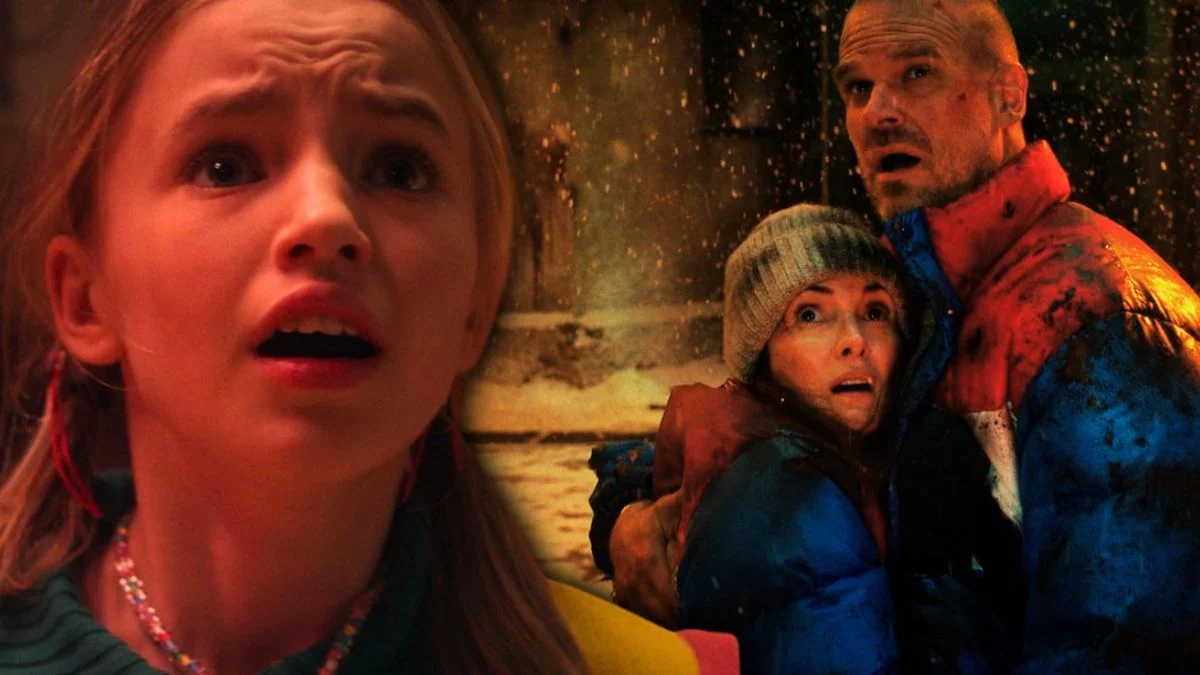

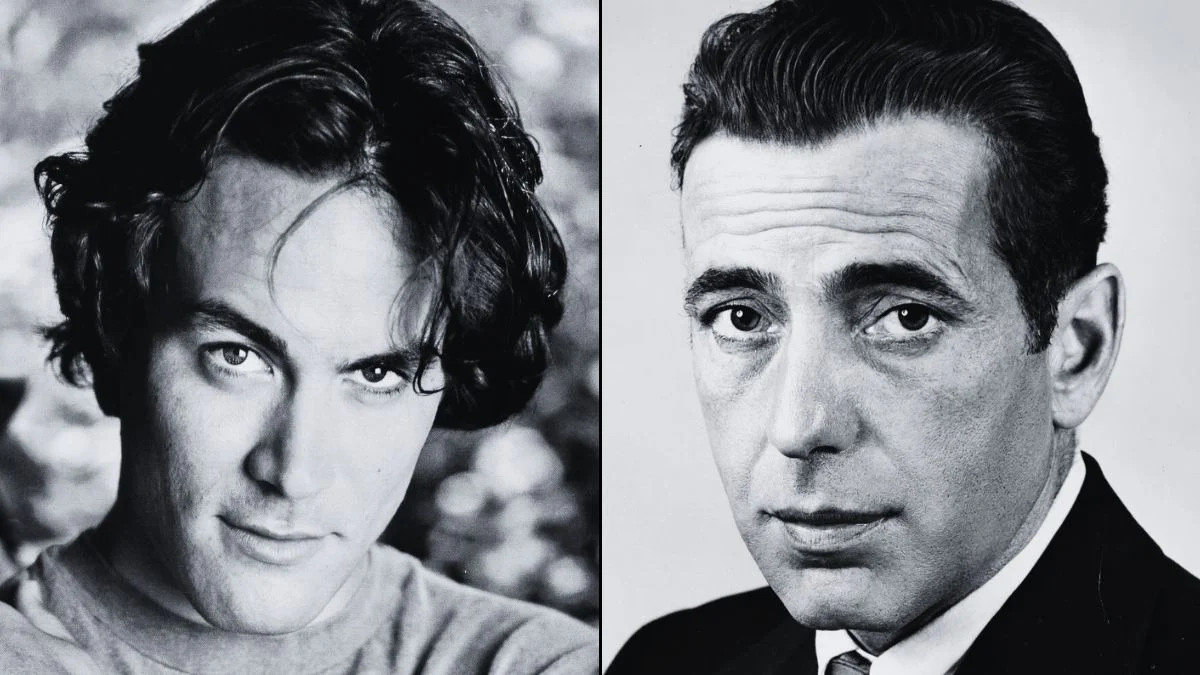

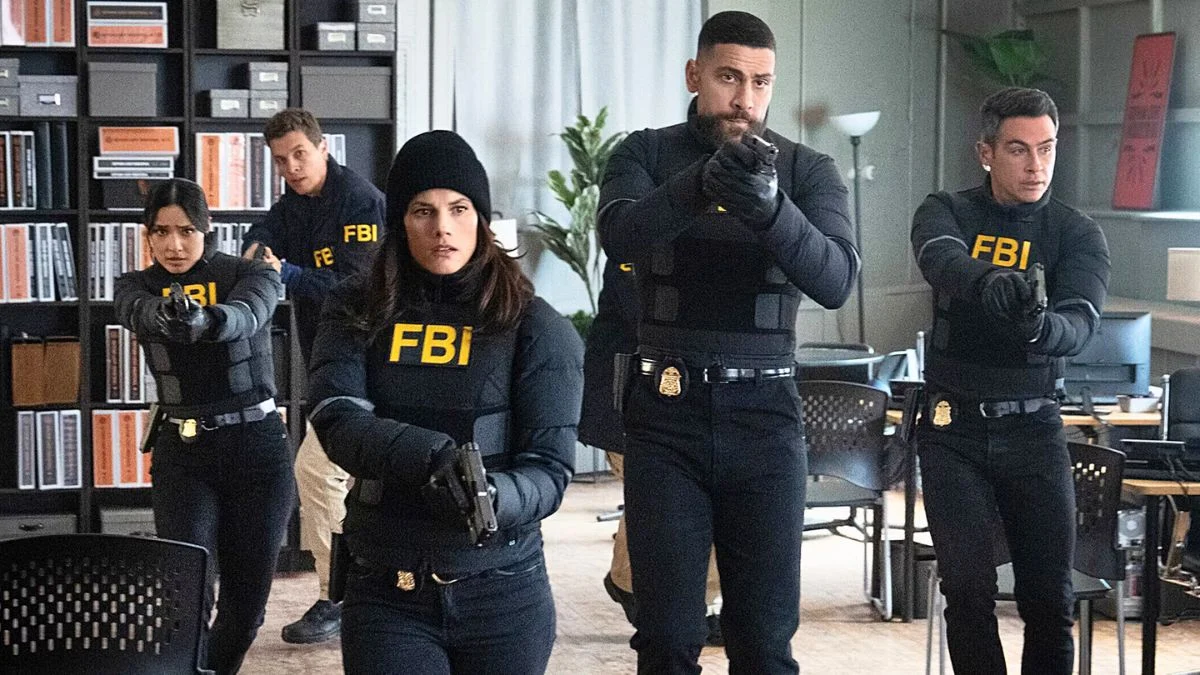


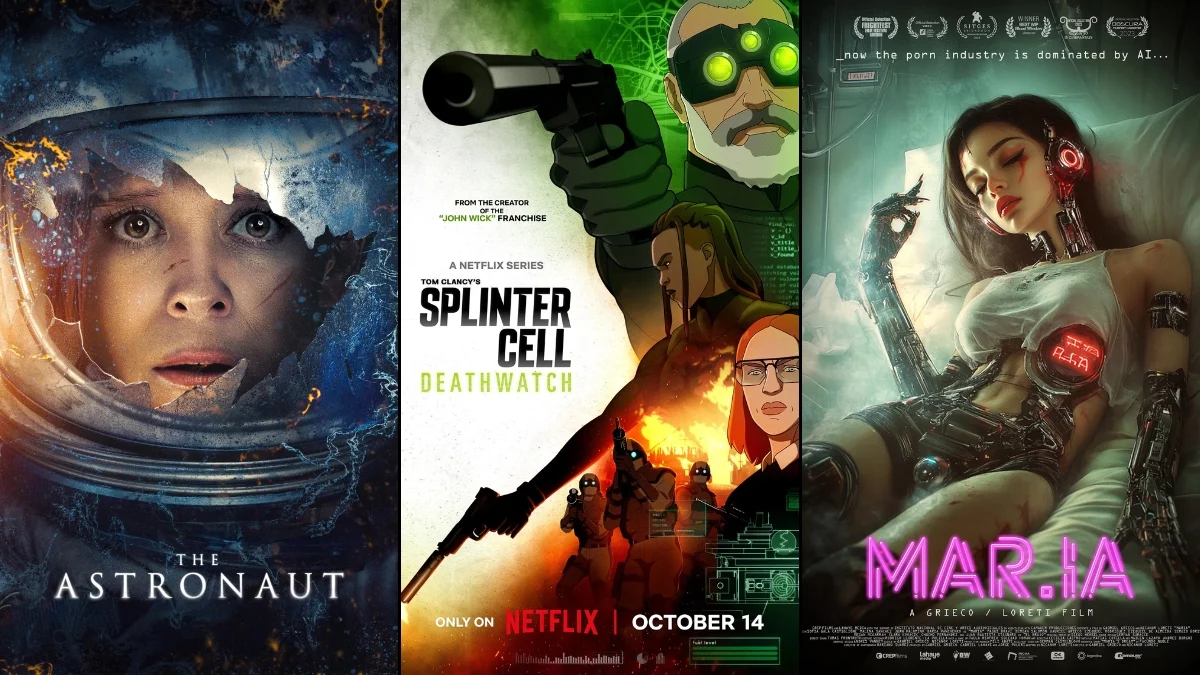

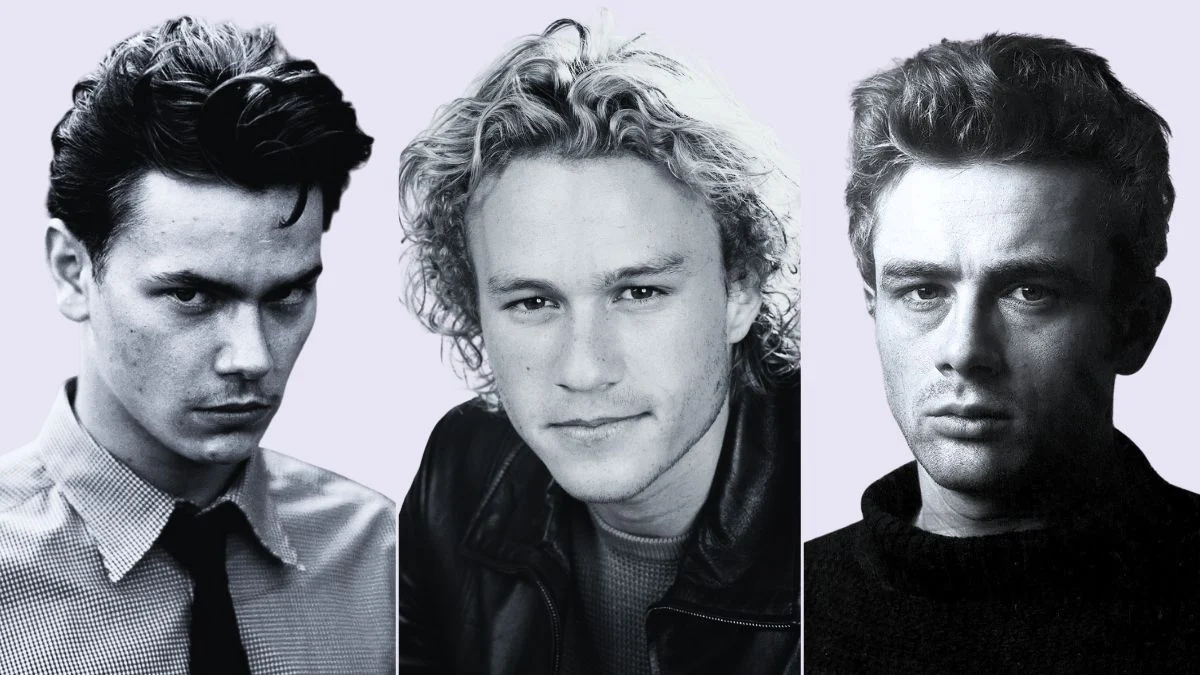
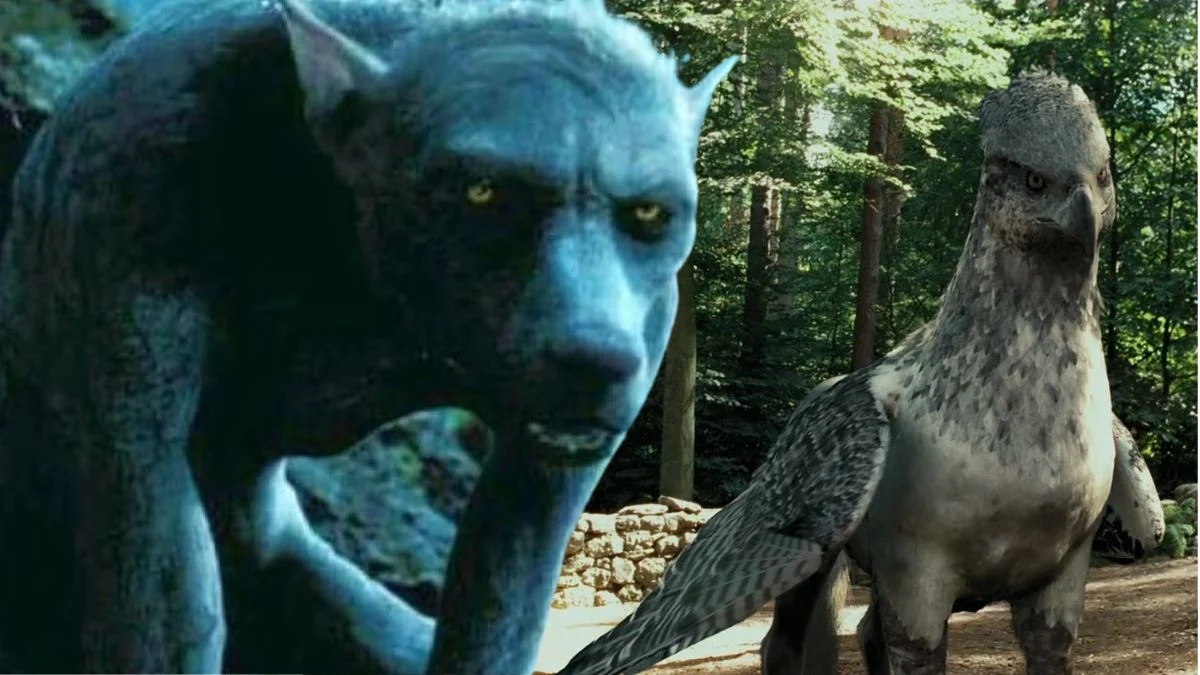
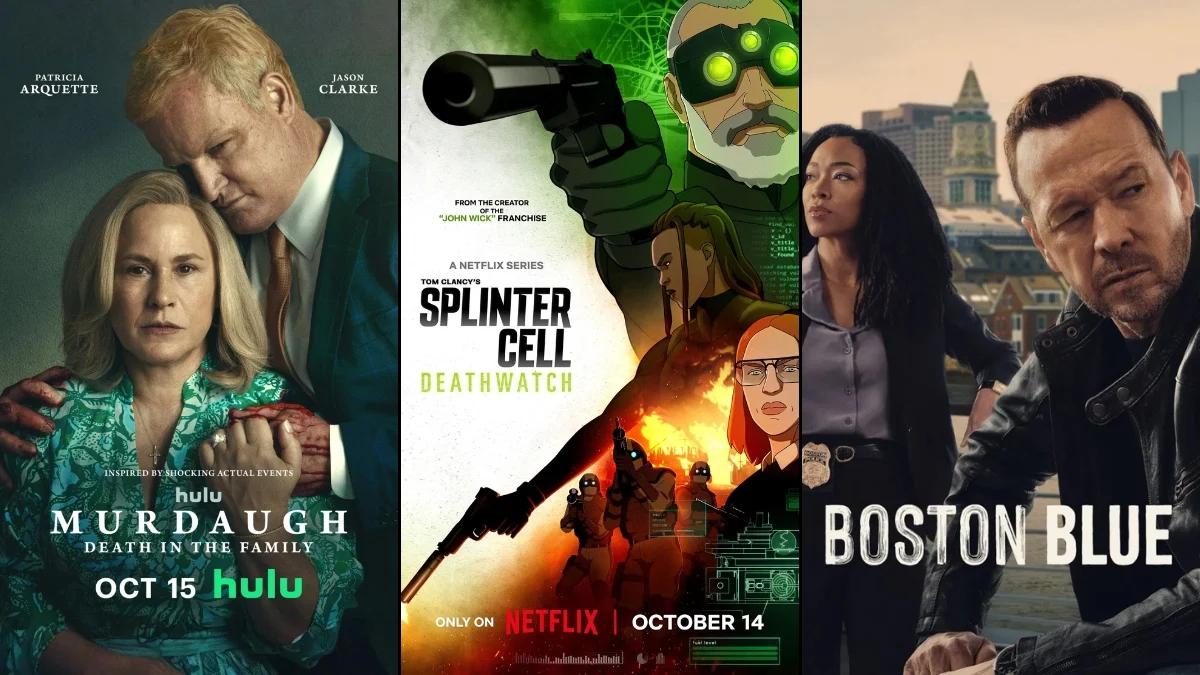

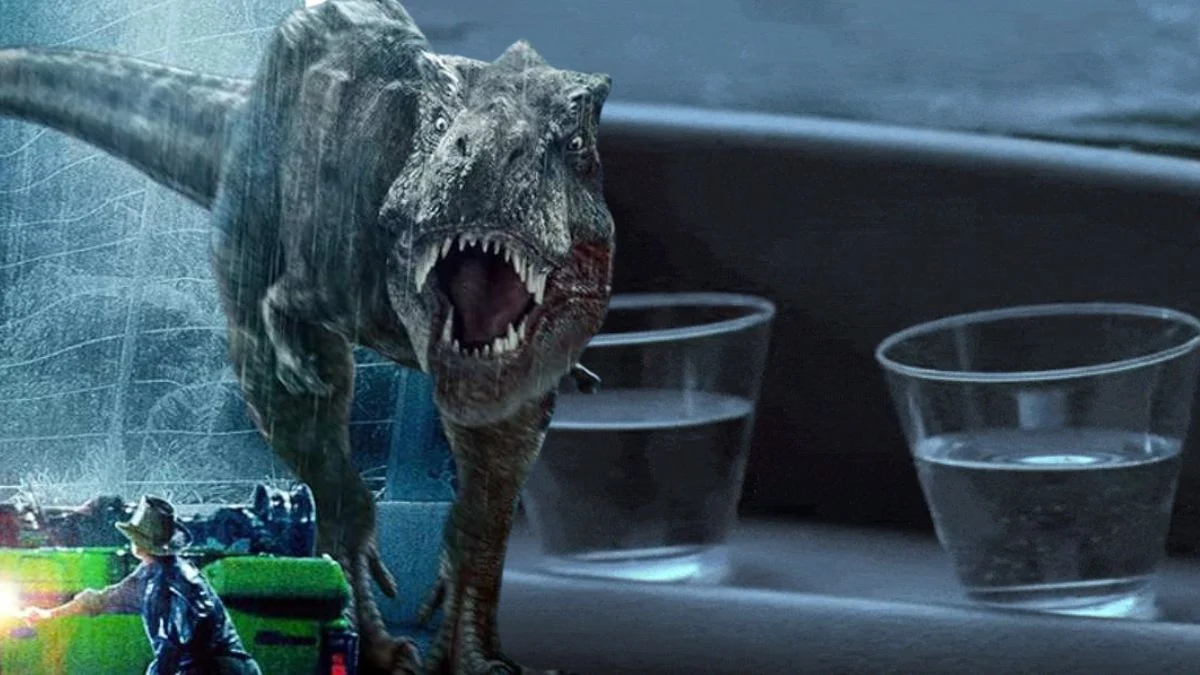
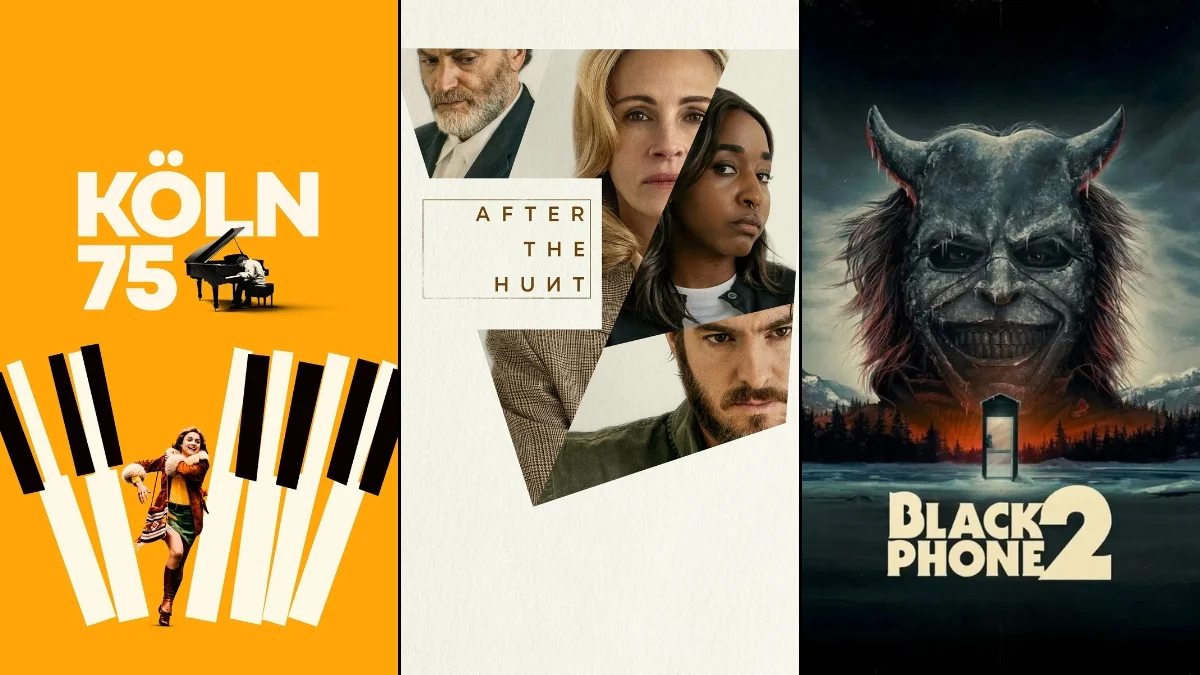
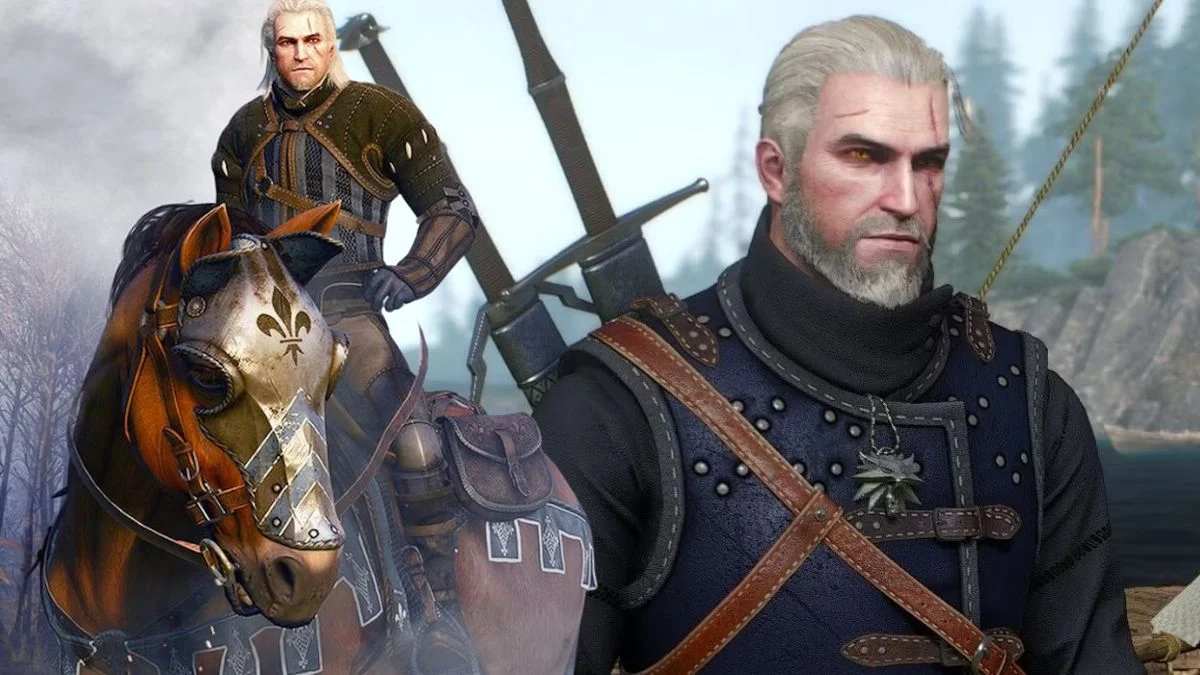
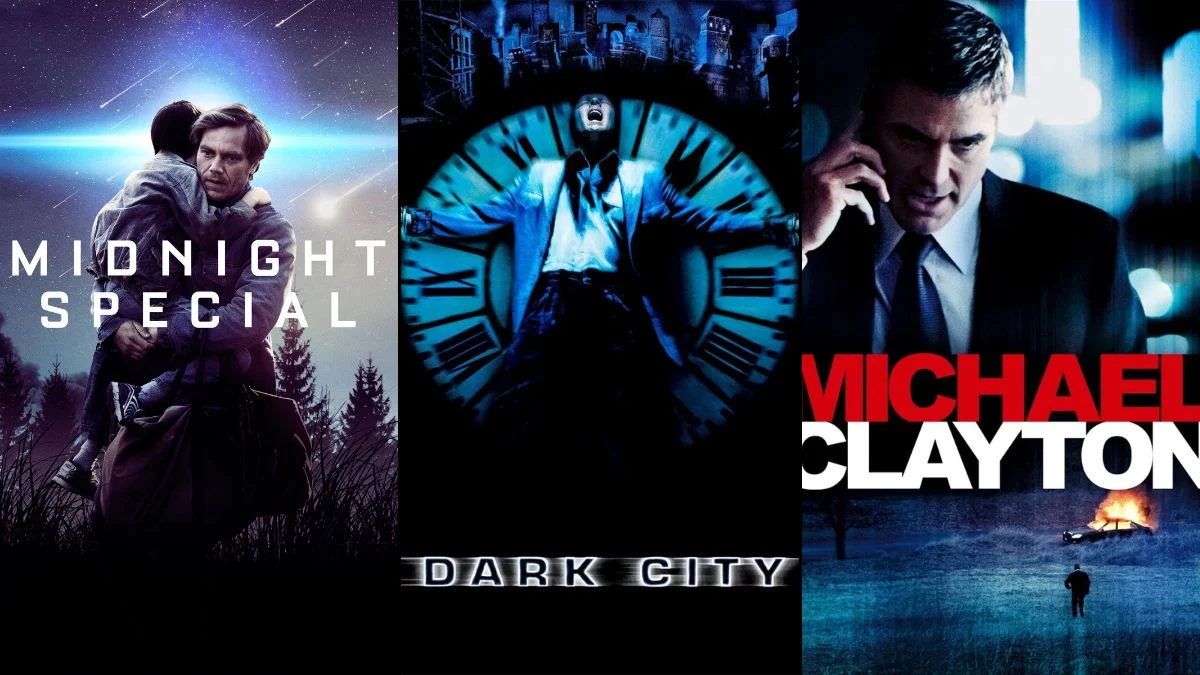
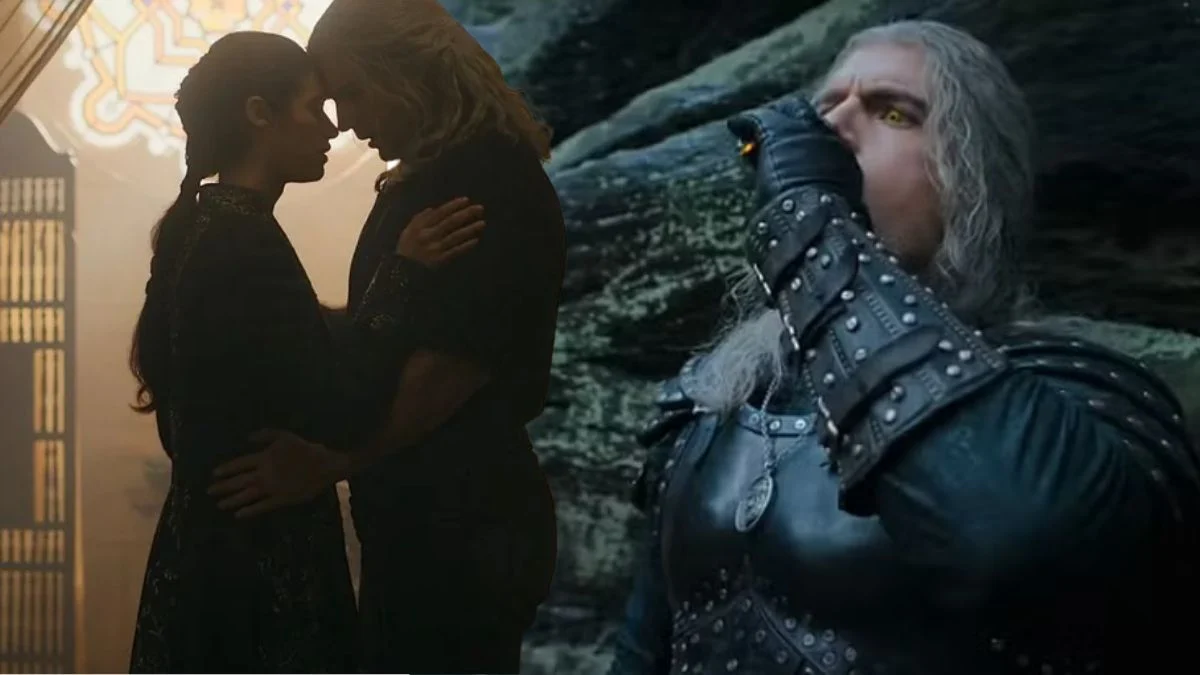



.jpeg)













 English (US) ·
English (US) ·